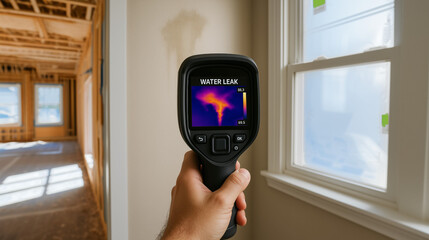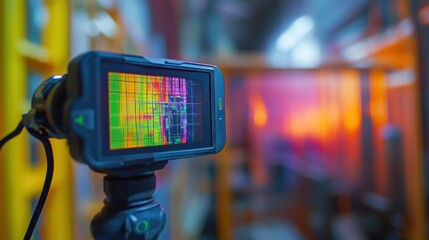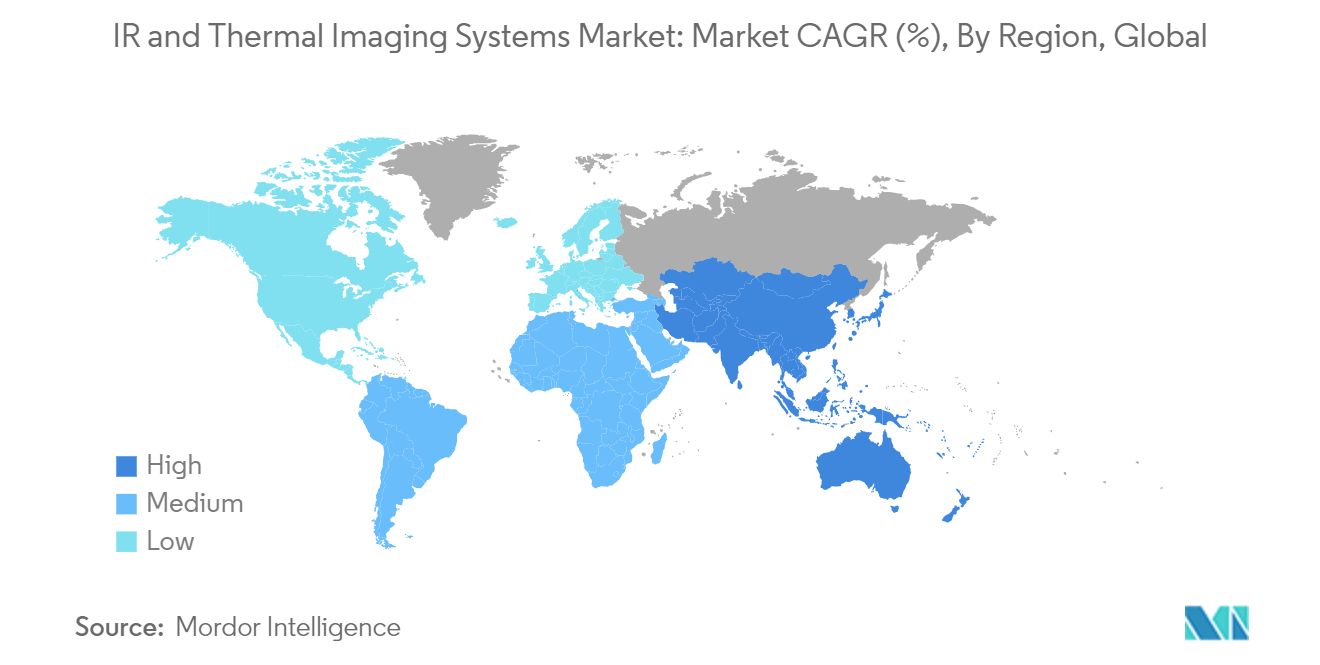How Does Thermal Imaging Work?
Thermal imaging operates on a simple yet effective principle: all objects emit infrared energy as a function of their temperature. This form of energy, invisible to the human eye, can be detected and translated into a visual image by a thermal imaging system. Here’s a step-by-step look at the process:
1.The thermal camera, equipped with an infrared detector, captures the infrared radiation emitted from all objects in its field of view.
2.The captured radiation data is then processed by the camera’s built-in software. An optical system focused infrared energy to a sensor array, or detector chip, with thousands of pixels in a grid.
3.The software translates the data into an image, known as a thermal image or thermogram, representing the temperature variations of the scene.
4.Each temperature value is assigned a different color. Typically, warmer areas are represented in red, and cooler areas are shown in blue. A matrix of colors corresponding to temperatures is sent to the camera display as a picture.
 About the thermal imaging camera
About the thermal imaging camera
 Ir And Thermal Imaging Systems Market - Growth, Trends, and Forecasts (2025 - 2030)
Ir And Thermal Imaging Systems Market - Growth, Trends, and Forecasts (2025 - 2030)



